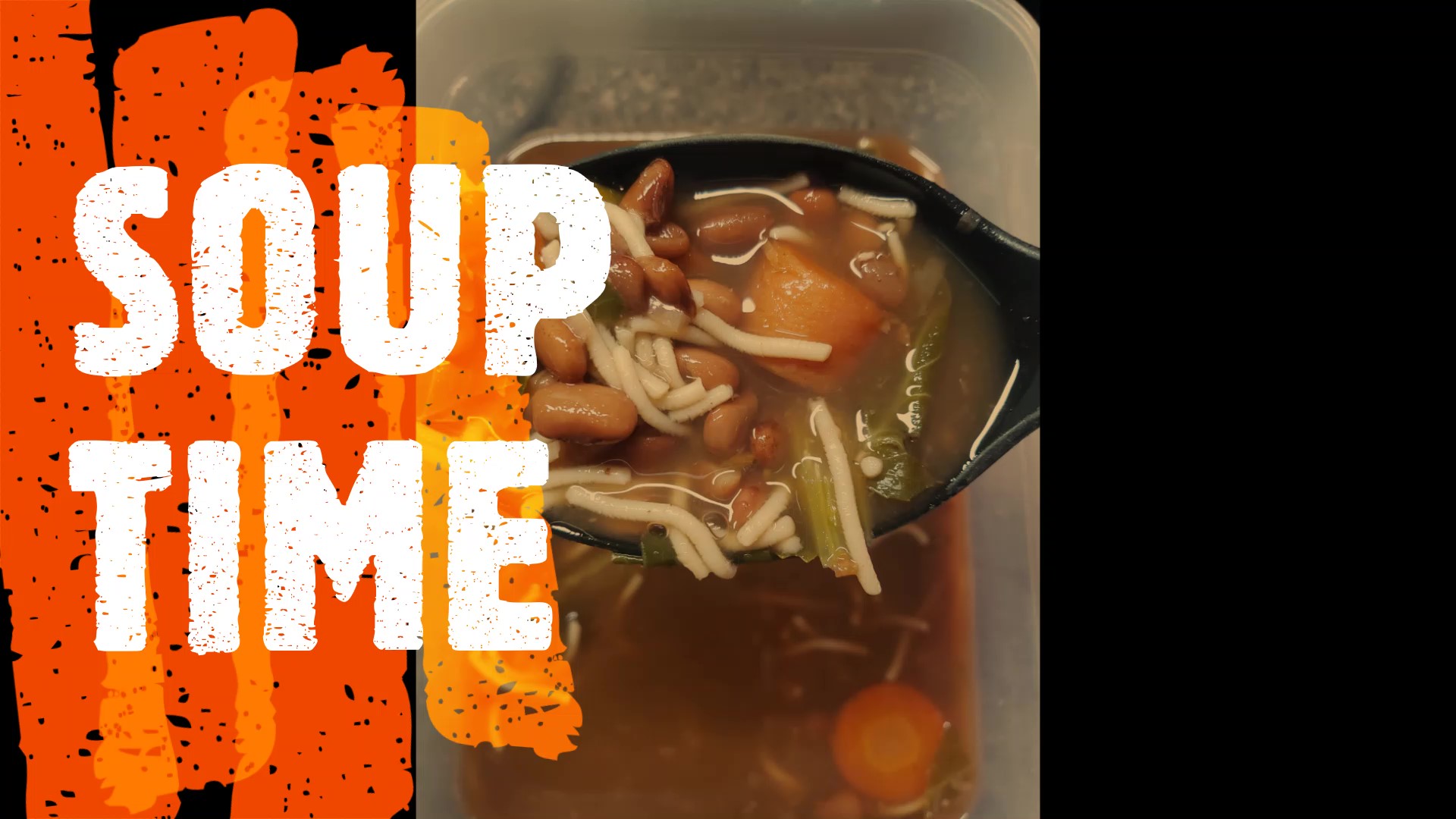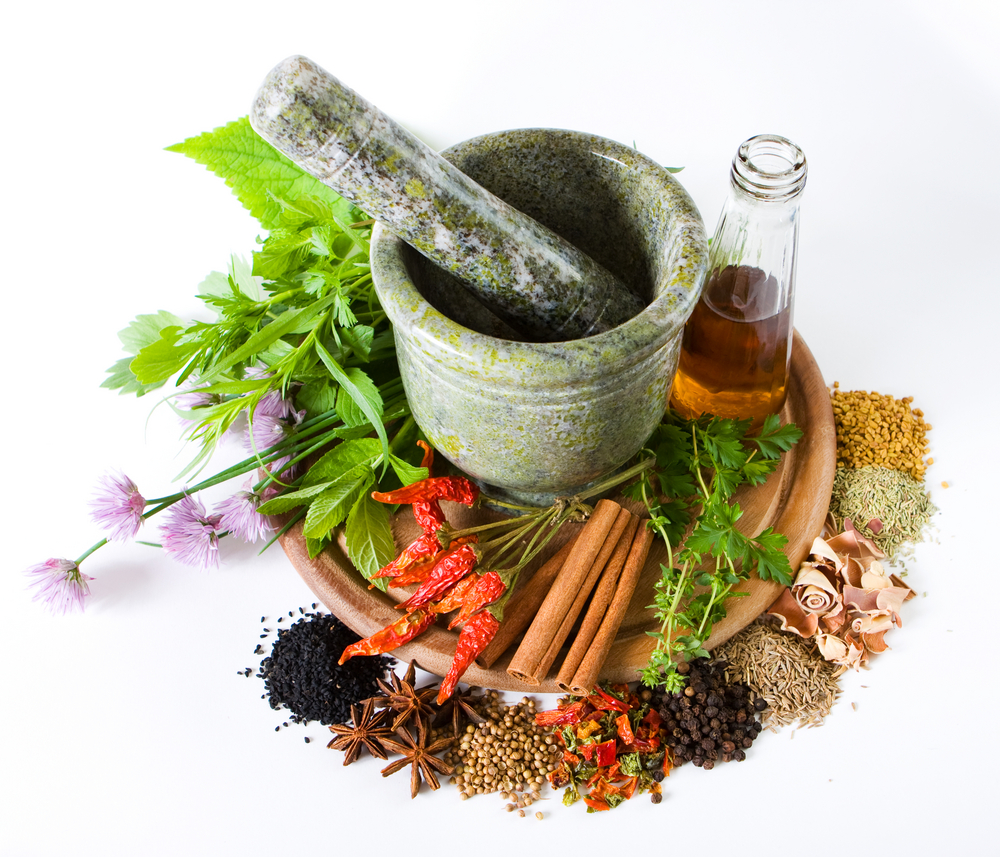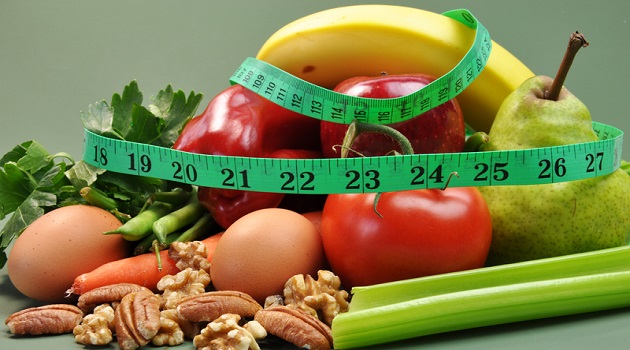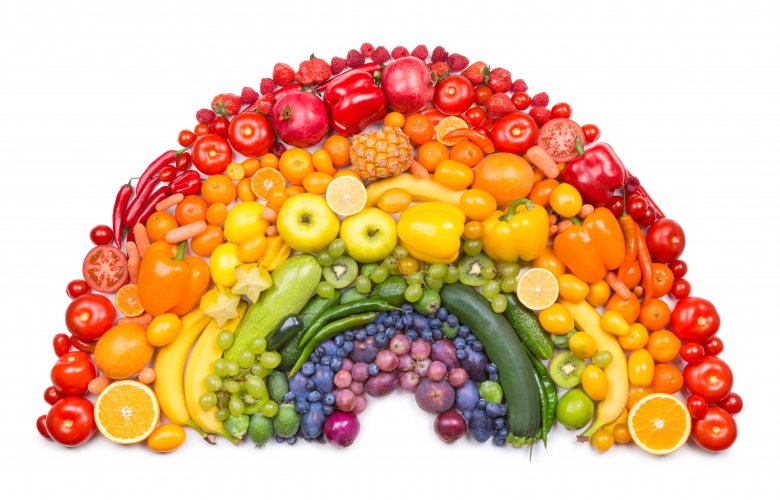
What’s Your Favorite Color?
When it comes to food, it doesn’t matter! We should not limit ourselves to just one color. We literally should be eating a rainbow of fruits and vegetables. Now keep in mind that some foods are very seasonal so when you can get them, I highly encourage you to enjoy them. Personally I love summer, because some of my favorite fruits are in season and I try my best to have my share of them. But seriously, have you ever thought: Why should I be concerned with eating the rainbow? Because our bodies need vitamins, minerals and nutrients that come in all 7 shades. Allow me to break some of this down for you.
Red
Red fruits and vegetables are nature’s powerhouse on nutrition and benefits. Containing phytochemicals – including lycopene and ellagic acid – red foods have cancer-fighting benefits, could reduce the risk of diabetes and heart disease, and a host of other benefits. Watermelon is surprisingly even higher in lycopene than tomatoes. That’s music to my ears, because I do not like tomatoes but I love watermelon. Lycopene is a powerful antioxidant with many health benefits, including sun protection. However it is not found in every red fruit, which is why you should eat a variety.
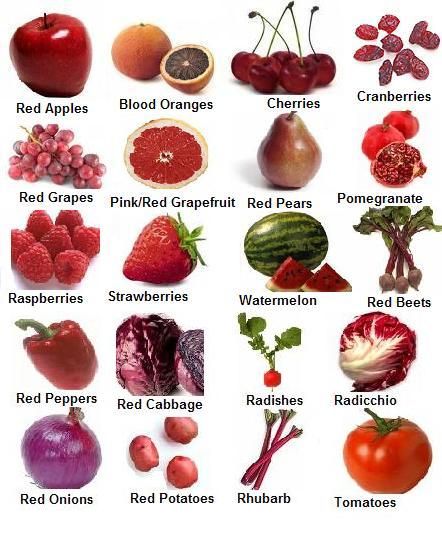
Orange and Yellow
Orange and yellow fruits and vegetables are packed full of nutrients. They are rich in Vitamin C and carotenoids, including beta-carotene, which promotes healthy vision and cell growth. Citrus fruits contain hesperidin that increases blood flow and could help prevent strokes. Sidenote: Did you know that peppers are a fruit?
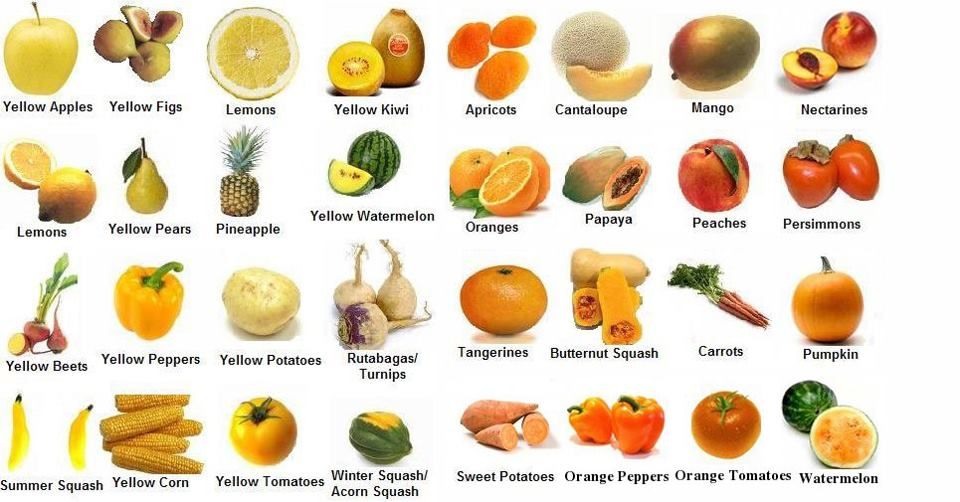
Green
Green colored fruits and vegetables are some of the healthiest foods you can eat. They are rich in lutein, isothiocyanates, isoflavones, and vitamin K, which is essential for blood and bone health. Leafy green vegetables are loaded with antioxidants. Greens like Kale have as much calcium as milk and cruciferous vegetables, like broccoli could enhance your immune system and contain properties that could block cancer.
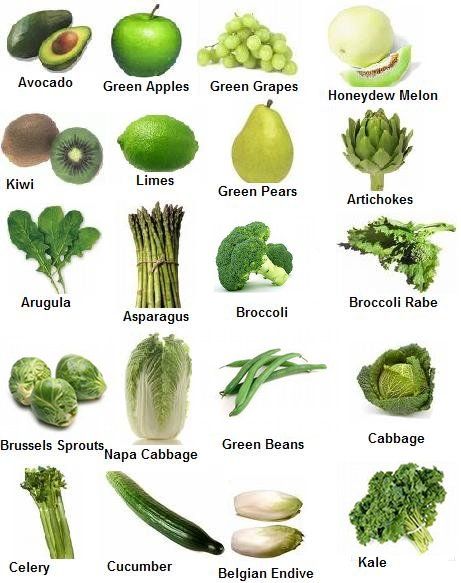
Blue and Purple
Blue and purple foods contain anthocyanins, powerful antioxidants that may help protect cells from damage and could reduce the risk of cancer, stroke, and heart disease. Beetroot, radishes, and purple cabbage are full of nitrates that can help lower blood pressure naturally. Fruits – the darker, the better – contain phytochemicals that are known to repair damage from stress and inflammation. For my folks with arthritis or other inflammatory disorders, having a diet rich in dark fruits could be a game changer when it comes to pain. Hmmmm I have never had a purple nor seen one, have you?
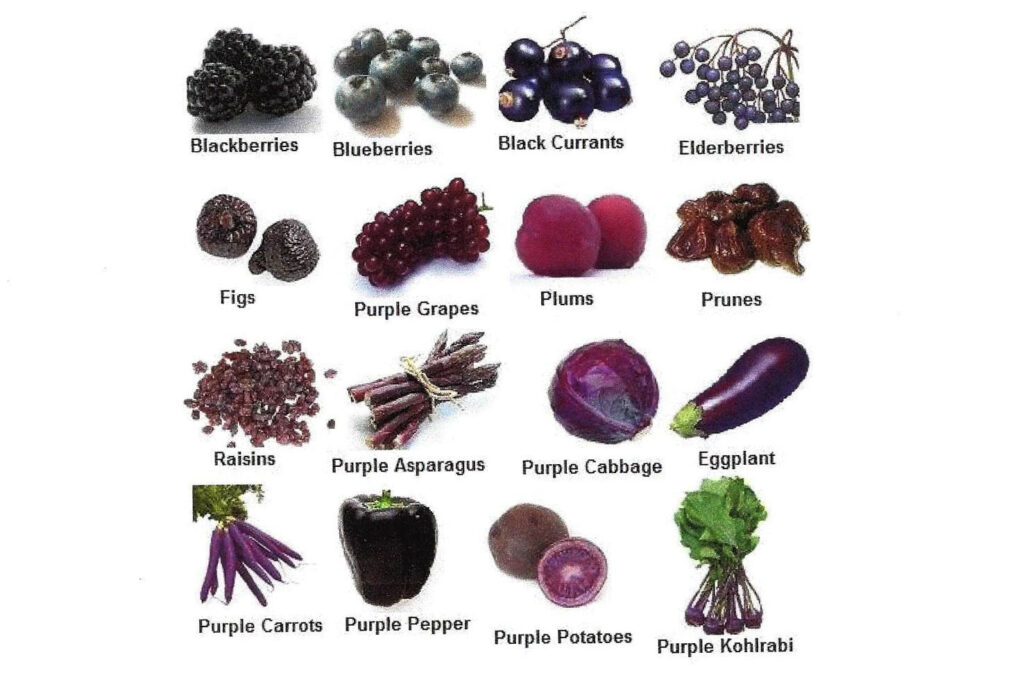
The next time you are in the grocery store, give yourself permission to Mix Things Up! That’s right, go out on a limb and try something new on the rainbow spectrum. You never know what you would like until you give it a try. Here are some great ways to enjoy:
- Roast them
- Eat them raw
- Dip into salad dressing
- Mix in a smoothie
- Juice them
- Freeze for a nice summer treat (grapes are the best for this)
Remember fruits and vegetables are important for your overall health plan. The average person should aim for 4.5 cups of fruits and vegetables a day. Variety and season matter, so take advantage of each. Now go head, mix it up and Taste the Rainbow.





